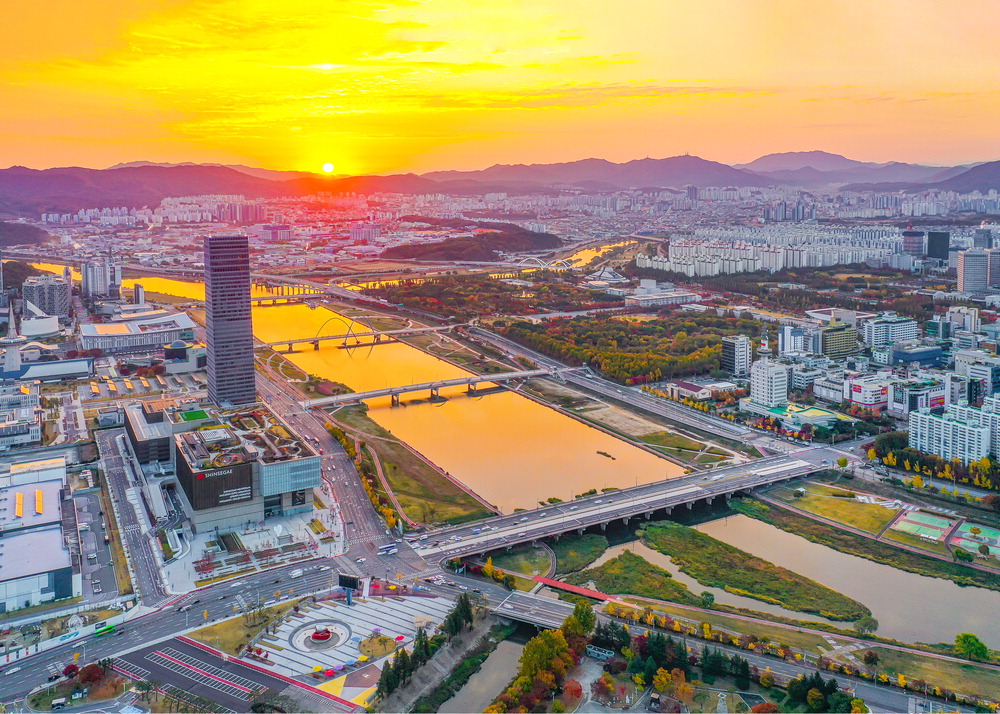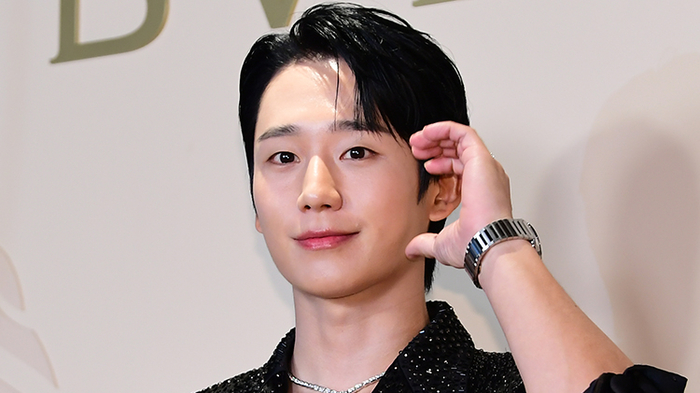
Daejeon Mayor Lee Jang-woo said, " 50.9% of the population and 52.5% of the gross regional domestic product (GRDP) are concentrated in the metropolitan area, which accounts for 11.8% of the land area. Daejeon Chungcheongnam-do will compete with the metropolitan area by solidifying its competitive economic science and student status against the metropolitan area's unipolar system like Osaka, Japan."
Chungnam Governor Kim Tae-heum stressed, "If Chungnam and Daejeon, which used to be one root, are integrated, it will be a future growth axis to lead the Republic of Korea by establishing a super-wide economy through large-scale central transfer of authority."
As such, Daejeon and Chungnam are consolidating into one special city, and a roadmap to leap into the "Korea's Economic Science Capital" is becoming visible.
The goal is to create a huge economic and cultural sphere that can compete with the world's ultra-wide economies such as San Francisco and Osaka through state-level transfer of state authority. Furthermore, it is expressing its ambition to check the concentration of the metropolitan area and resolve the regional extinction realized by youth secession, low birth rate, and aging. In this regard, the Ministry of Public Administration and Security announced its position to actively support the Daejeon-Chungnam integration process. As such, expectations for the merger have grown.
Accordingly, the public-private consultative body, which has been drawing the integrated blueprint of Daejeon and Chungnam, has issued a draft of a special law necessary for the establishment of Daejeon and Chungnam. It includes 12 tasks to build future strategic industries and realize the happiness of special citizens, including the creation of Daejeon Chungcheongnam-do, an administrative integration vision, and a total of 255 special cases to transfer authority and secure finances. Daejeon City and Chungnam-do will be abolished, but the basic local government, the city, county, and district, will remain, and the current Daejeon City and Chungnam-do government offices will be used as they are after integration.
If integration is realized, the vision to leap to the center of technological innovation such as Silicon Valley in the U.S. and grow into a "world's top five global city" at the level of Singapore was presented through the integration of high-tech industries such as space, robots, and bio in Daejeon and semiconductors and mobility in Chungnam.
The expected effect of integration was considered to be quite large. First of all, when an integrated local government is launched, it is expected to take over the state affairs and financial authority and secure the status and authority of the quasi-federal government. The legal status of Daejeon Chungcheongnam-do has a status equivalent to that of Seoul, the capital city.
The birth of a special city with 3.6 million people has sufficient competitiveness not only domestically but also internationally. It is similar in size to Utah (3.45 million). Economic power rises to 60th place in the world. GRDP will jump to Korea's second-largest economic hub after the Seoul metropolitan area with 192 trillion won.
The creation of an economic science student will also provide special financial benefits to support it. To this end, we will establish a good environment for businesses, such as easing investment-related licensing procedures and easing regulations that put a burden on companies. The development process has been greatly simplified by considering that a total of 44 licenses, including the Building Act, have been obtained for development projects that the special mayor has approved the basic plan.
Lee Chang-ki, co-chairman of the Public-Private Association, said, "It will be a good special city for businesses by establishing a virtuous cycle of corporate attraction, economic revitalization, talent development, infrastructure expansion, and regional development by expanding autonomy such as exemption from preliminary feasibility studies of large industries and the creation of industrial complexes." If we establish a tentatively named Daejeon Chungnam Education Center (which attracts excellent domestic and foreign companies and links industries and universities with paid study leave system), we will also save local universities through corporate-tailored talent development and increase urban vitality by bringing in young people.
Financial support for the soft landing of special cities will also be strengthened. It is said that an additional 8 trillion won worth of finances will be secured annually, including the transfer of national taxes to local taxes and the expansion of integrated grants. If this happens, medical and welfare benefits will be improved by increasing the number of jobs for the elderly and expanding public medical service facilities centered on the metropolitan living area.
In order to travel anywhere in Chungcheongnam-do and Daejeon within 60 minutes, connectivity between urban centers will be strengthened by linking roads and railway networks in Chogwang Station such as the construction of Chungcheong Inland Railway. The establishment of a dense railway network is also a change that local residents can most realistically feel the integration effect. This is because if a number of railway networks connecting between base cities, such as Daejeon Metropolitan Railway and Naepo Extension, are established, they can move more conveniently and enjoy more benefits. It is possible to travel to and from each other without much burden by urban railway. In fact, Boryeong-Daejeon can be shortened from 90 minutes to 40 minutes, and Taean-Daejeon can be shortened from 120 minutes to 50 minutes. Urban residents can go to the West Sea and Baekje ruins at any time, and retirees can receive farming funds and design the second act of life by farming in small and medium-sized cities and rural villages. People living in rural small towns can often go to large cities to eat out, watch movies, concerts, and enjoy shopping, and use hospitals.
In fact, even if it is a nearby city, it is difficult to actually file a dispute because the cost-benefit value (B/C) of economic feasibility must exceed 1 in order to extend the railway. However, if Daejeon and Chungnam become one, urban and wide-area railways can be fully promoted as state-funded projects. Preliminary hits can also be exempted if necessary. Mayor Lee said, "If the transportation infrastructure is established, it will be possible to move within an hour, which is a prerequisite for the formation of a megacity due to geographical space compression, which will boost human and material exchanges and secure the centrality of logistics and industrial complexes, which will be full of local economic vitality." "We will do our best to ensure that the wide-area transportation network, which closely connects Daejeon Metropolitan Railway, Tram, Chungcheong Inland Railway, and Circular Road Network, serves as an aorta and intercity connection hub that connects Daejeon Chungcheongnam-do."
[Reporter Cho Han-pil]














